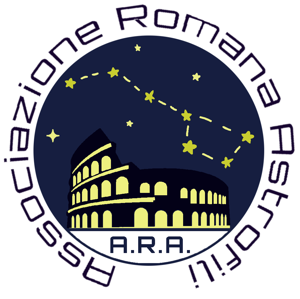Design of the J-PAS and J-PLUS filter systems
J-PAS (Javalambre-PAU Astrophysical Survey) is a Spanish-Brazilian
collaboration to conduct an innovative photometric survey of more than
8000 square degrees of northern sky using a system of 57 filters, 54
narrow-band (FWHM=13.8 nm) filters continuously populating the spectrum
between 370 to 920 nm with 10.0 nm steps, plus 3 broad-band filters.
Together with the main J-PAS survey, the collaboration is carrying out
J-PLUS (the Javalambre Photometric Local Universe Survey), an all-sky
survey using a set of 12 carefully optimized broad- and narrow-band
filters that will be used to perform the calibration tasks for the main
survey. The J-PAS survey will be carried out using JPCam, a 14-CCD
mosaic camera using the new e2v 9.2k-by-9.2k, 10μm pixel detectors,
mounted on the JST/T250, a dedicated 2.55-m wide-field telescope at the
Observatorio Astrofísico de Javalambre (OAJ) in Teruel, Spain.
J-PLUS, on the other hand, will be carried out using a wide field CCD
camera (the T80Cam) equipped with a large format STA 1600 CCD
(10.5k-by-10.5k, 9μm pixel) and mounted on the JAST/T80, a dedicated
0.83-m wide-field telescope at the OAJ. In both cases, the filters will
operate close to, but up-stream from the dewar window in a fast
converging optical beam. This optical configuration imposes challenging
requirements for the J-PLUS and J-PAS filters, some of them requiring
the development of new filter design solutions. This paper describes the
main requirements and design strategies for these two sets of filters.
